Upholstery Treatment
Reviving historic textiles with conservation techniques that honor tradition
Conservation Approach
Preserving the artistry and historical significance of period upholstery
Historic Upholstery Expertise
Our upholstery conservation treatments balance preservation of original materials with restoration of function and appearance. We specialize in treating historic seating furniture, examining each piece to determine its original construction techniques, materials, and aesthetic intent to guide our conservation approach.
When original upholstery must be replaced due to extensive deterioration, we meticulously document existing materials and techniques before creating historically accurate reproductions using traditional methods and appropriate period materials, from horsehair stuffing to silk damasks and hand-tied springs.
Our conservators are skilled in textile identification, traditional upholstery methods spanning multiple centuries, and modern conservation approaches that prioritize reversibility and minimal intervention while ensuring the piece remains functional for appropriate use.
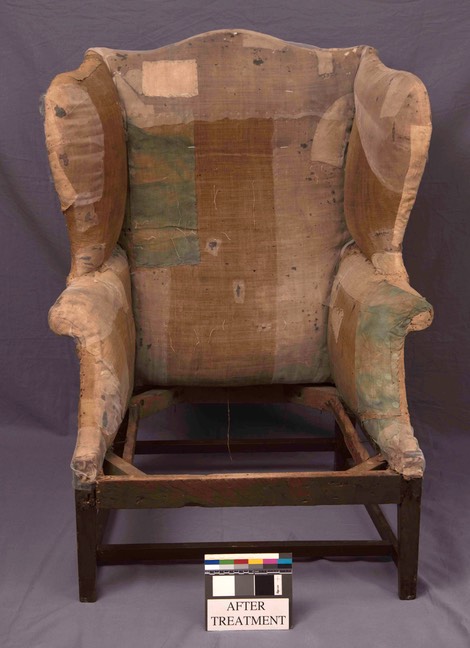
Traditional Materials
Authentic period materials used in our upholstery conservation
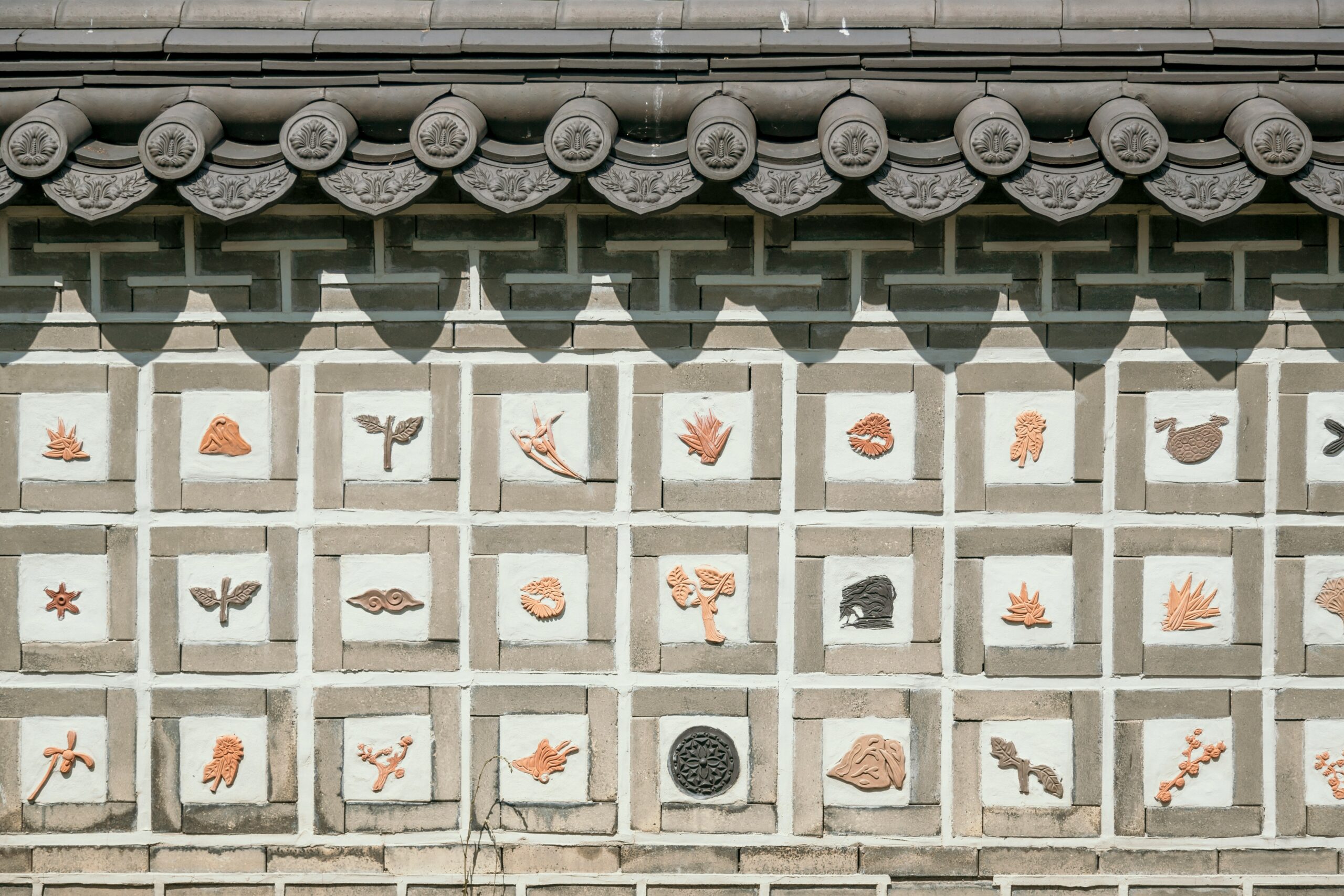
Period Textiles
From hand-woven silks and wool damasks to horsehair fabrics and mohairs, we source and use historically appropriate textiles that match the original in weave, pattern, and color for each period.
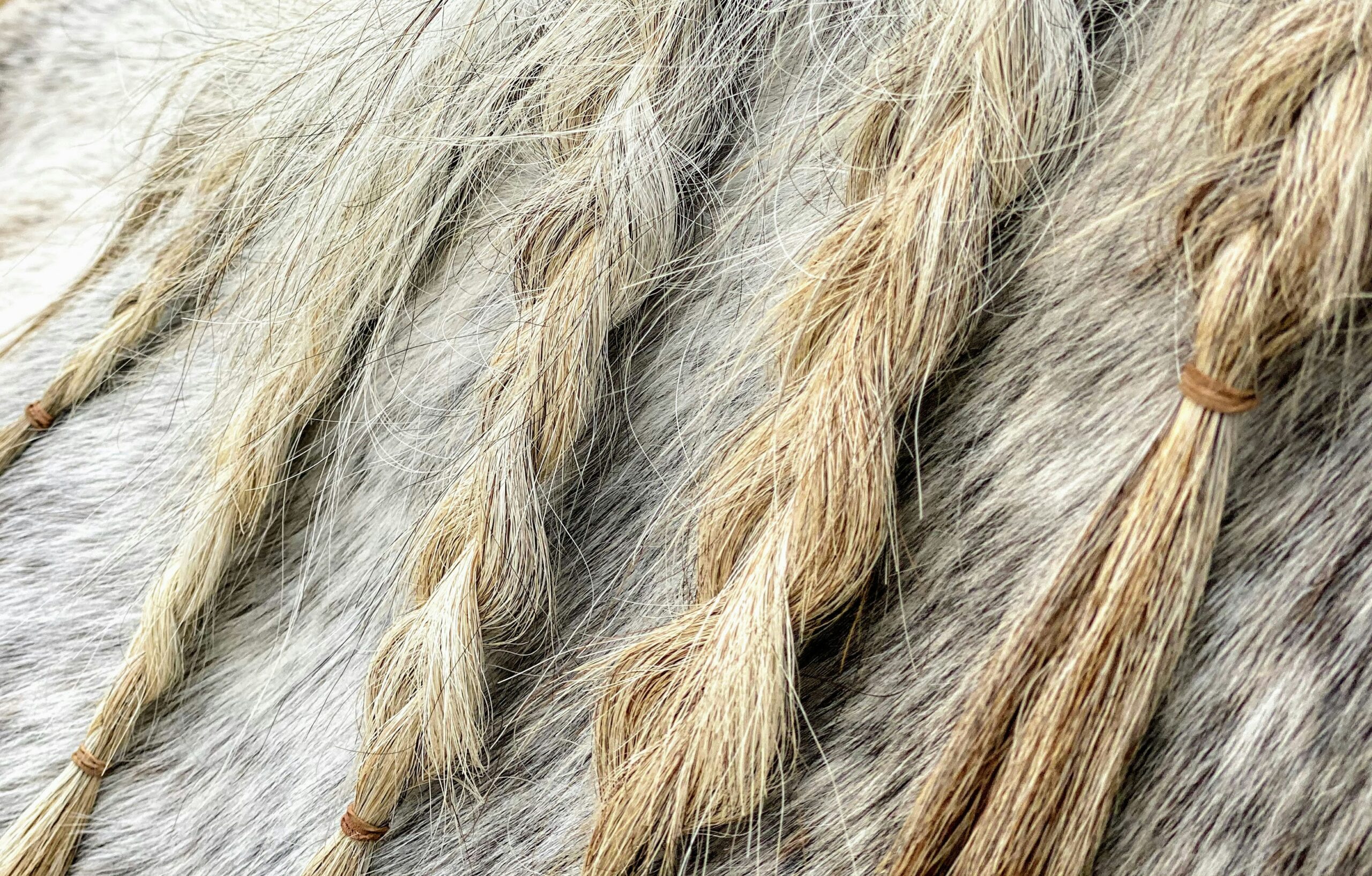
Natural Stuffing
Traditional stuffing materials including horsehair, cotton batting, marsh grass, and coconut fiber are carefully selected to match the original fillings used in period upholstery techniques.
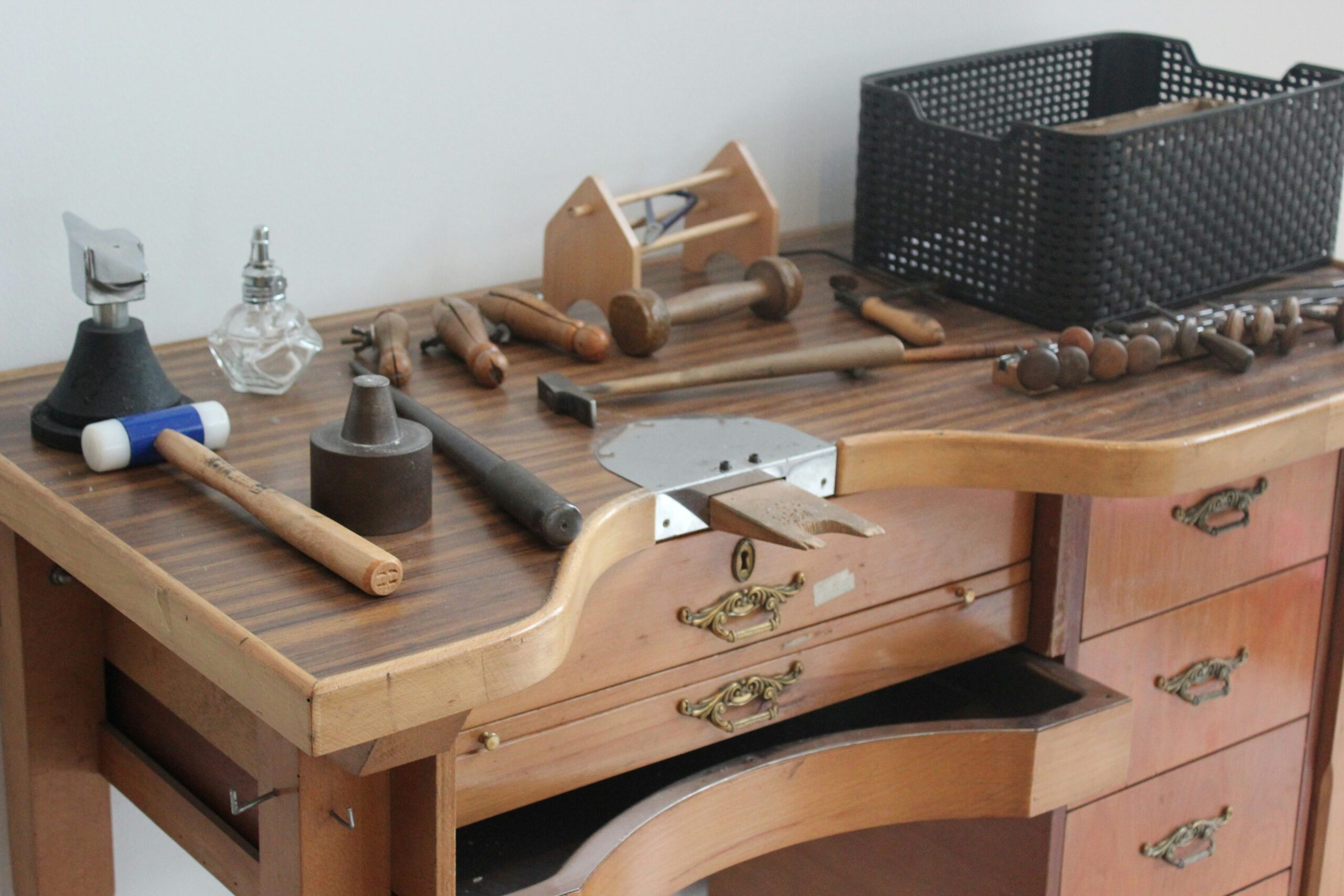
Traditional Hardware
Hand-forged tacks, steel springs, twine, and webbing made using historic methods ensure that even the unseen structural elements remain authentic to the period.
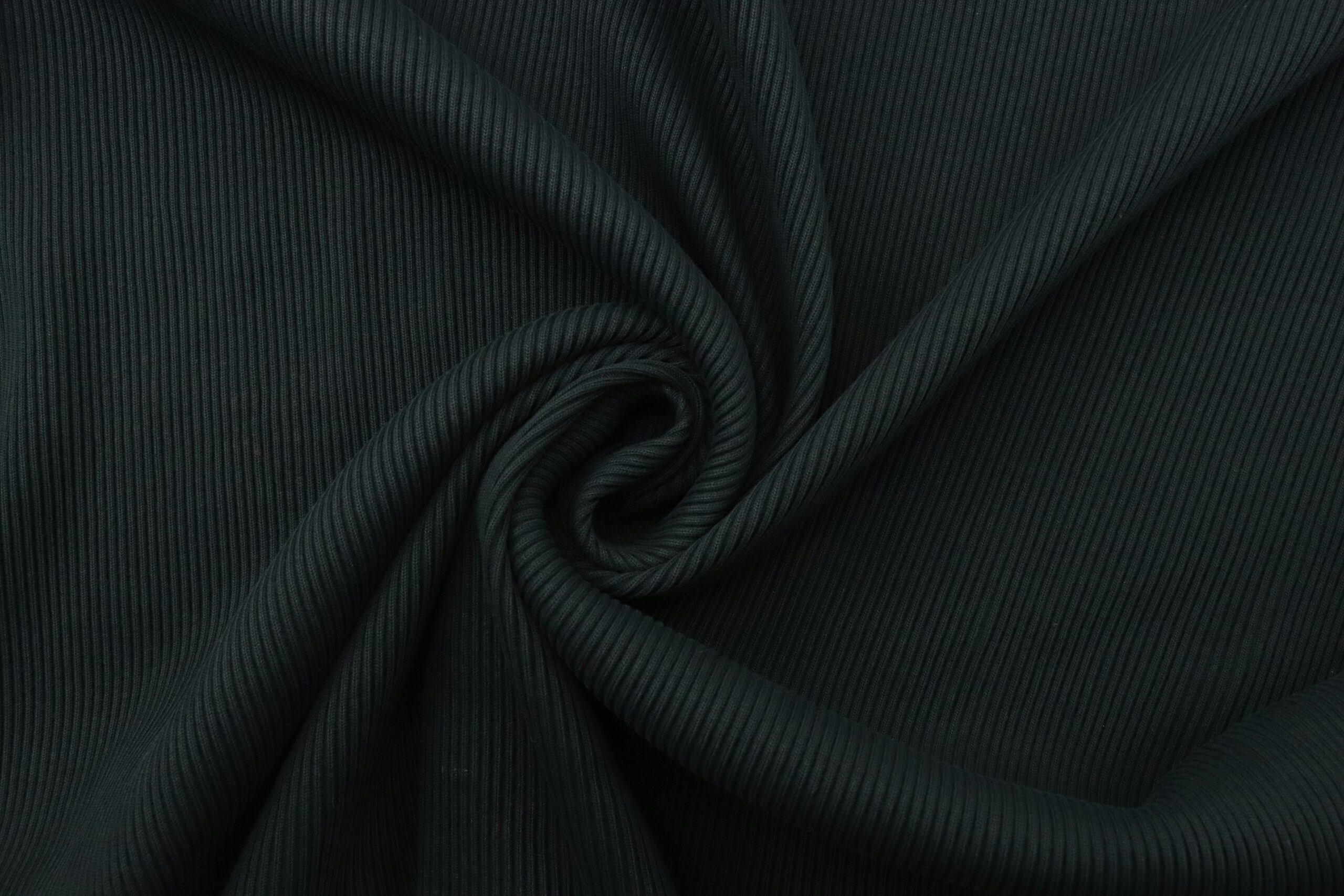
Period Trimmings
Decorative elements including silk fringes, tassels, gimp, and braids are carefully sourced or custom made to match original designs and application techniques.
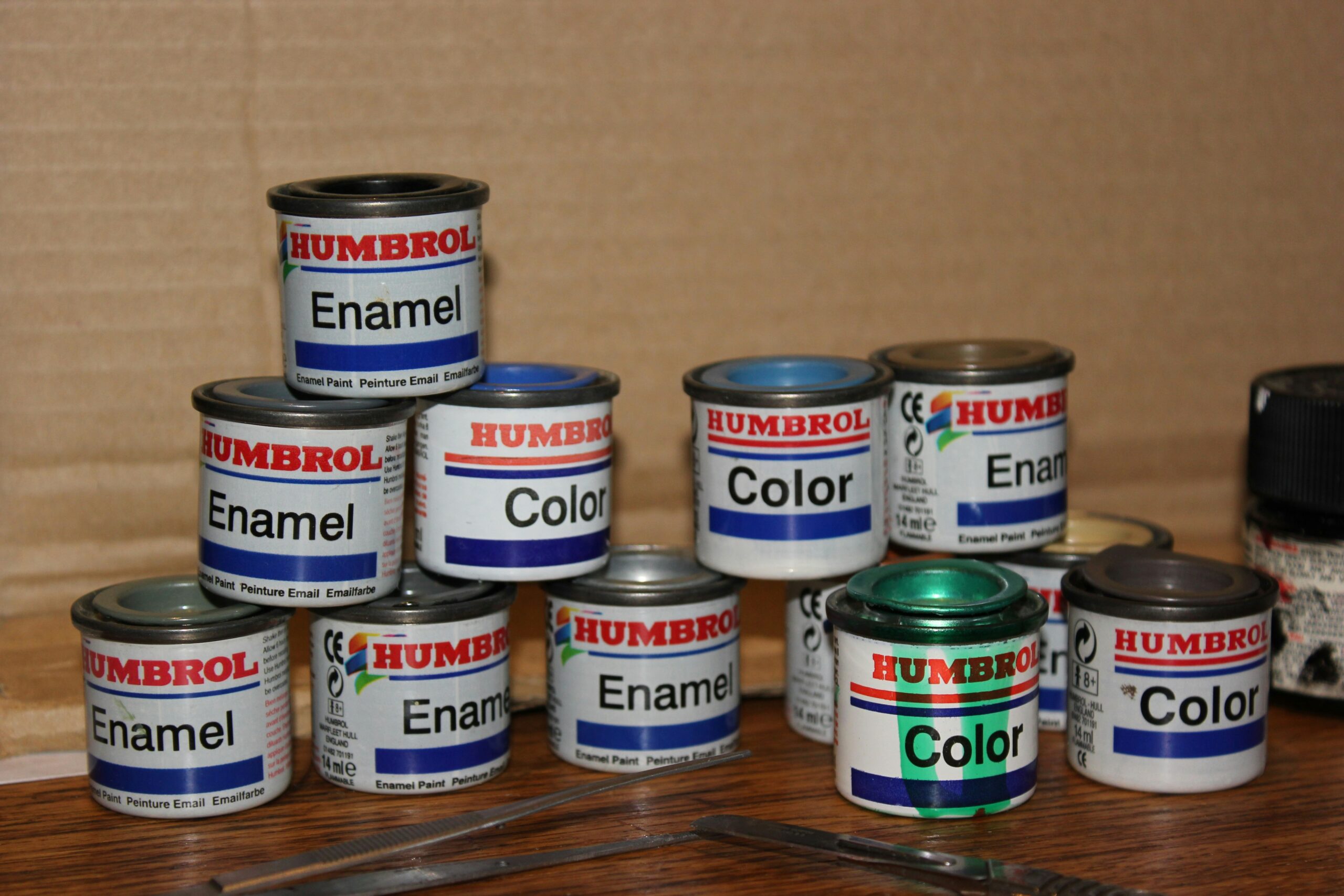
Conservation Materials
When stabilizing original materials, we use reversible, archival-quality adhesives, stabilizers, and cleaning agents developed specifically for textile conservation.
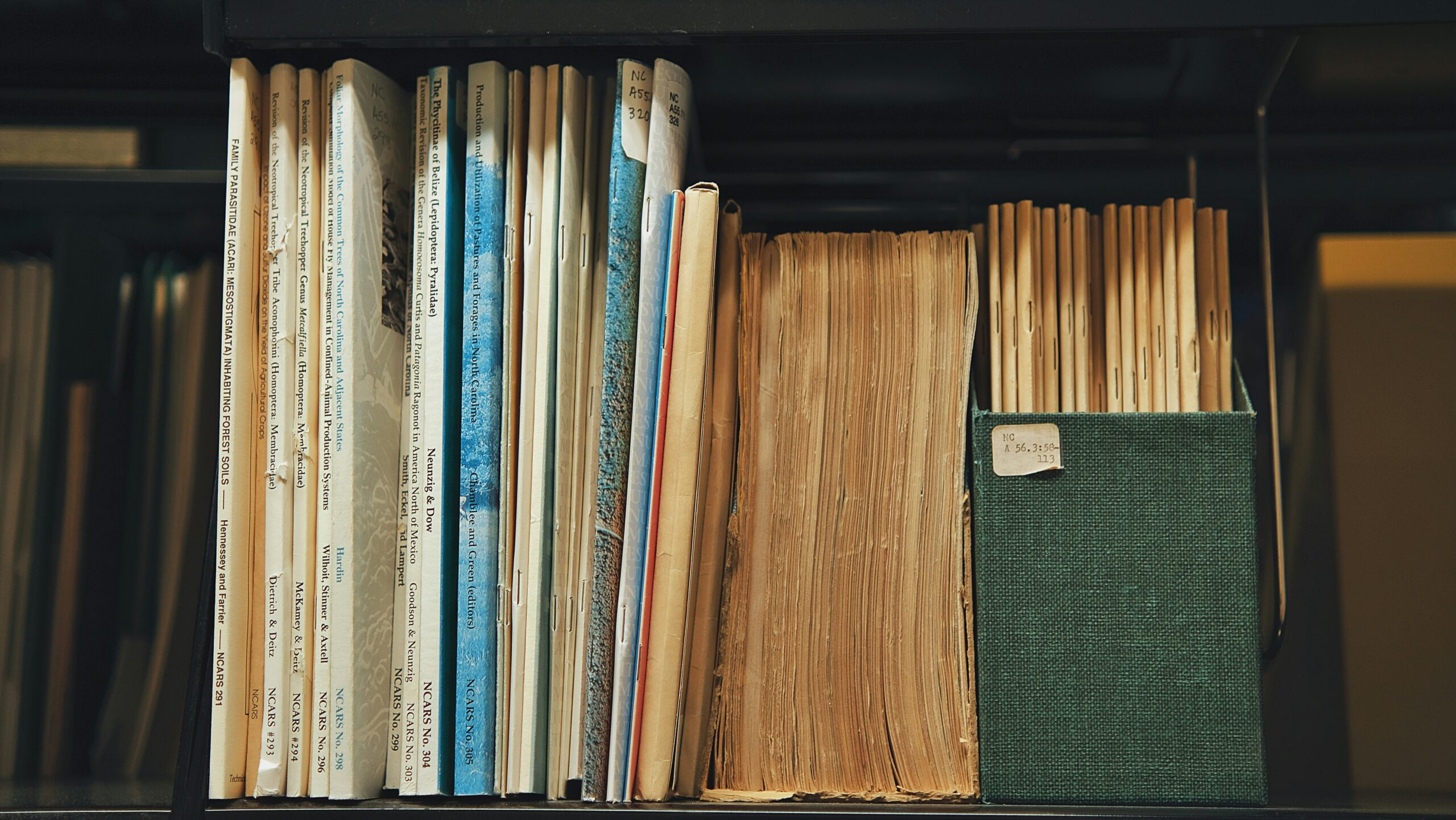
Documentation
Complete photographic and written documentation, material samples, and treatment records ensure preservation of historical information for future research and conservation.
Conservation Transformations
Before and after examples of our upholstery conservation work
18th Century Louis XV Fauteuil
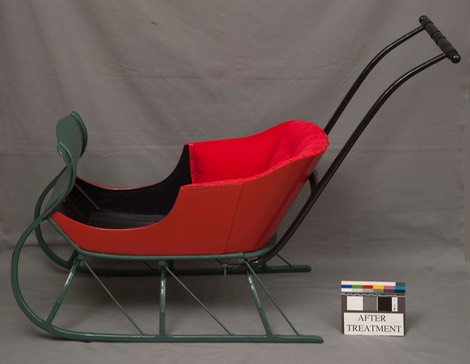
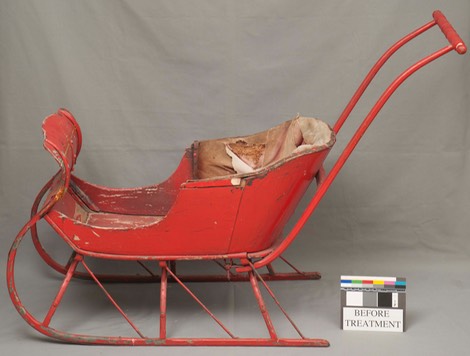
This French fauteuil from circa 1760 arrived with severely deteriorated silk upholstery, compromised internal structure, and significant losses to the decorative trim. Our conservation approach focused on preserving the original horsehair stuffing while replacing the deteriorated outer fabric with hand-woven silk damask matching the original pattern and color.
Traditional techniques were employed throughout, including hand-sewn seams and application of period-appropriate decorative nail heads. The result preserves the chair's historical integrity while restoring its aesthetic beauty and functional stability.
Conservation Details
Our Conservation Process
A methodical approach to upholstery conservation
Assessment
Thorough examination of the upholstery piece, including identification of materials, construction techniques, and damage assessment to determine conservation needs.
Documentation
Comprehensive photography, sampling, and recording of existing materials and condition before any treatments begin to preserve historical information.
Treatment Plan
Development of a detailed conservation strategy balancing material preservation, historical accuracy, and functional requirements for the piece.
Conservation
Implementation of the treatment plan using historically appropriate materials and techniques while documenting each stage of the process.
Specialized Services
Comprehensive upholstery conservation services for historic furnishings
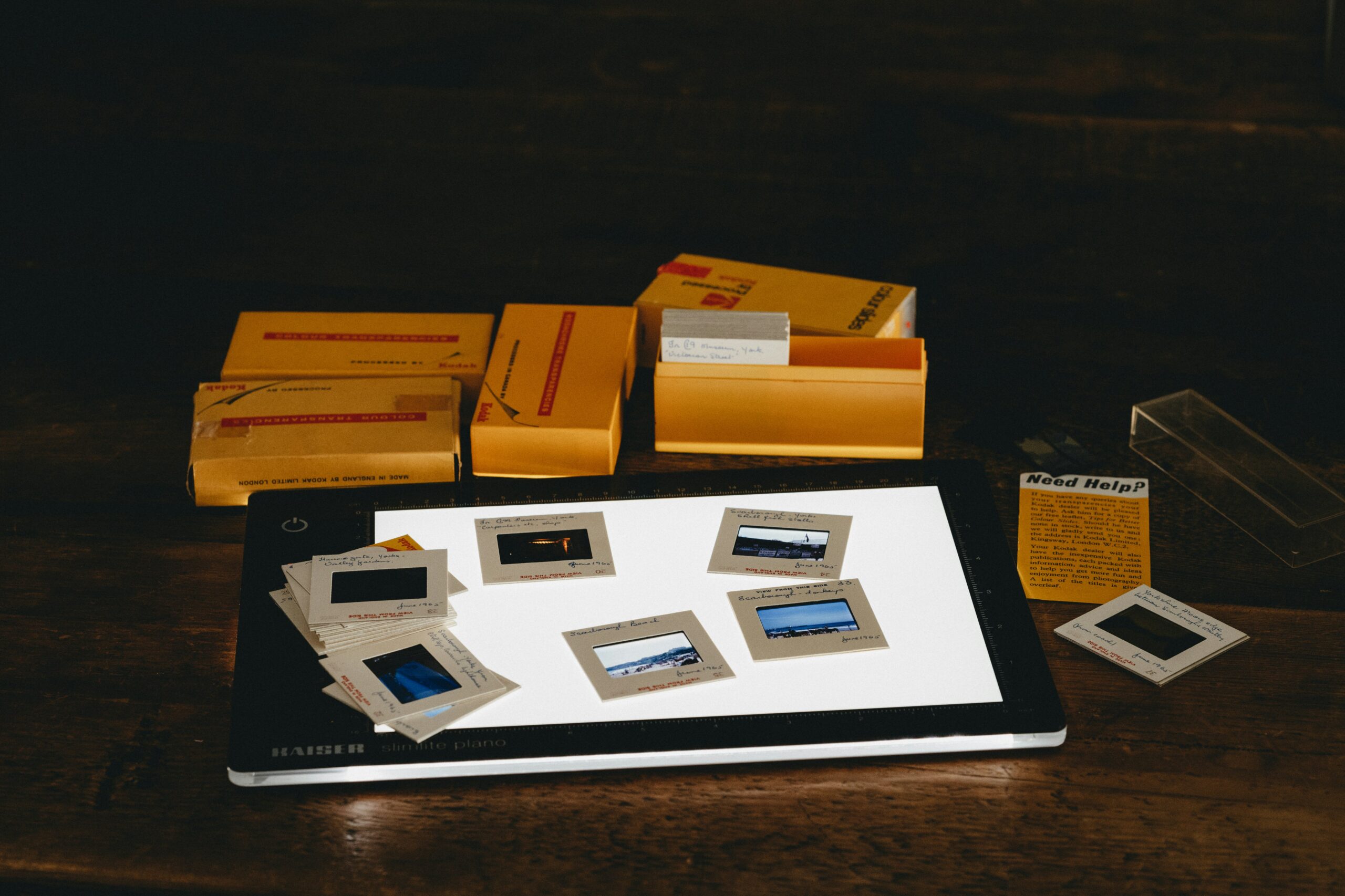
Material Conservation
When original upholstery materials remain, our primary goal is to preserve them through specialized cleaning, stabilization, and protective treatments. This approach maintains historical integrity while addressing deterioration.
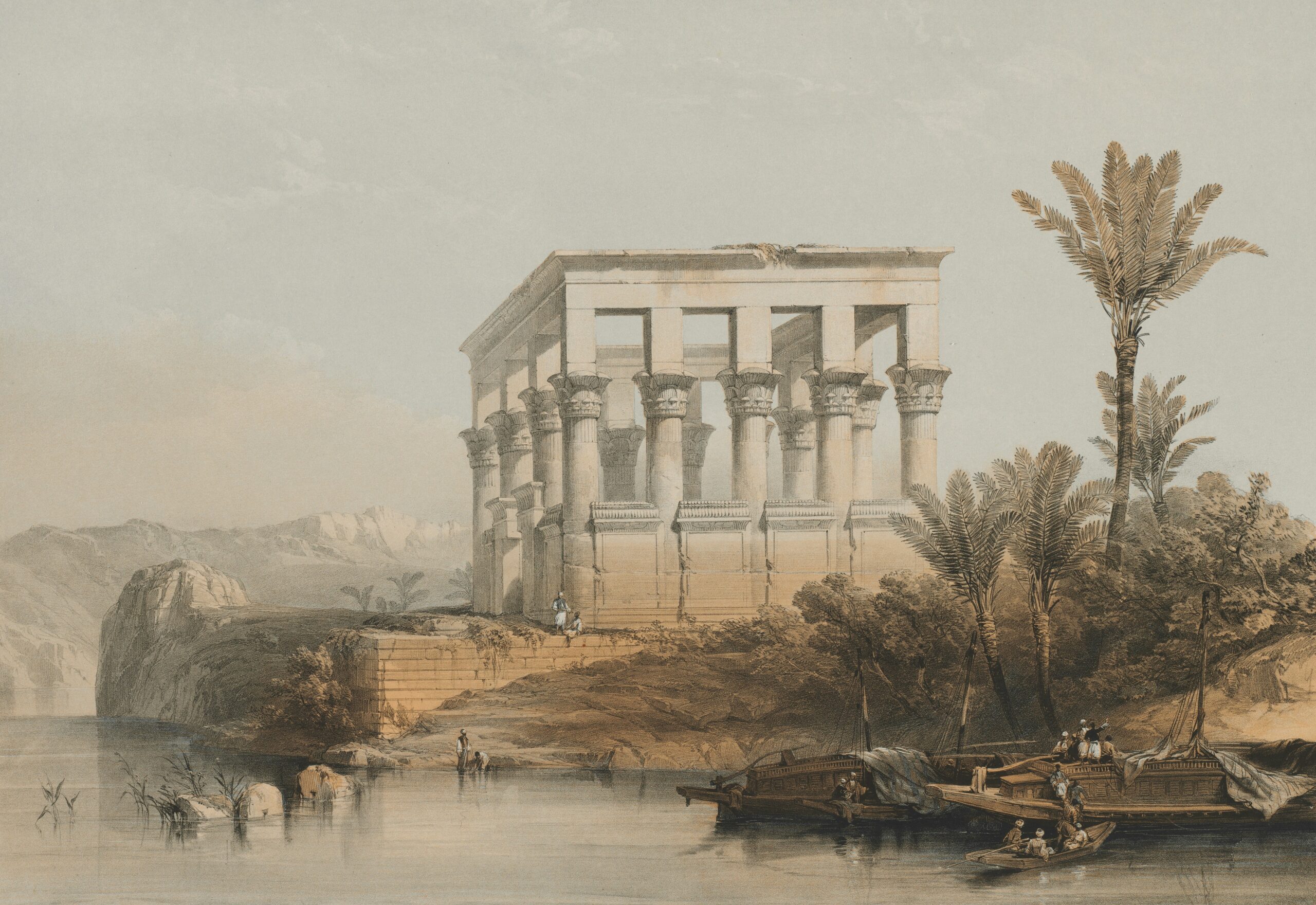
Historical Reconstruction
When original materials are too degraded for preservation, we create accurate reconstructions using traditional techniques and period-appropriate materials, informed by thorough research and physical evidence.
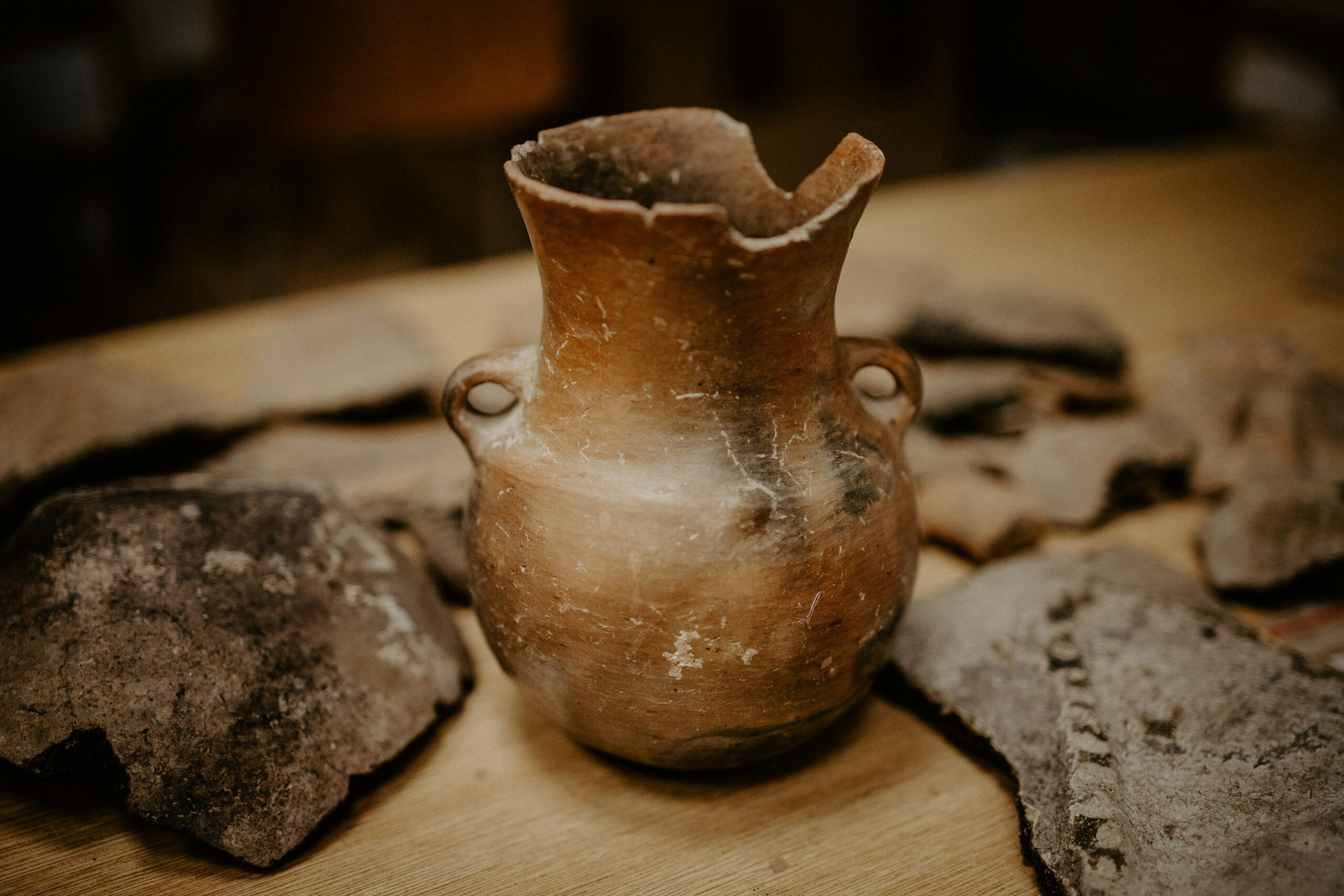
Documentation & Research
Comprehensive study of historic upholstery through material analysis, archival research, and comparison with period examples, providing valuable information for conservation decisions and future reference.
Common Questions
Answers to frequently asked questions about upholstery conservation
Should I preserve original upholstery or replace it?
How long does upholstery conservation typically take?
Can I use my antique furniture after upholstery conservation?
How do you source historically accurate materials?
How should I care for my conserved upholstery?
Preserve Your Upholstered Heritage
Whether you have a treasured family heirloom or a valuable antique that requires expert upholstery conservation, our team combines traditional craftsmanship with modern conservation science to preserve your furnishings for future generations.